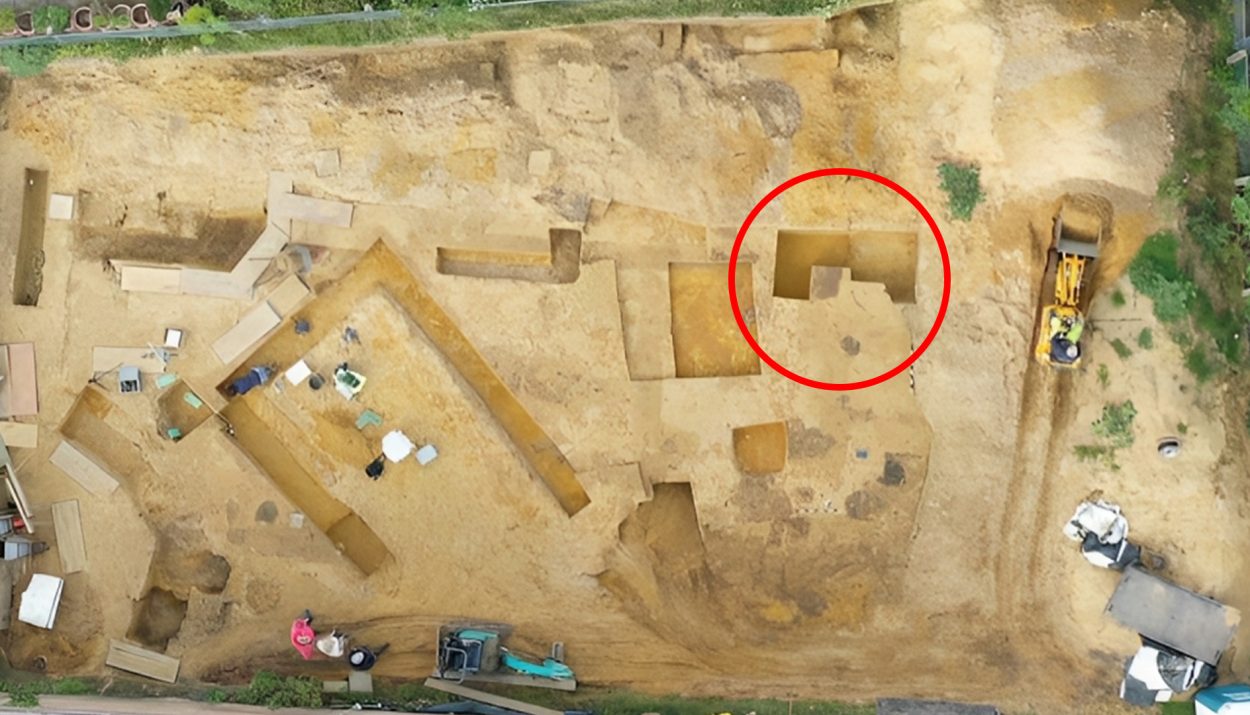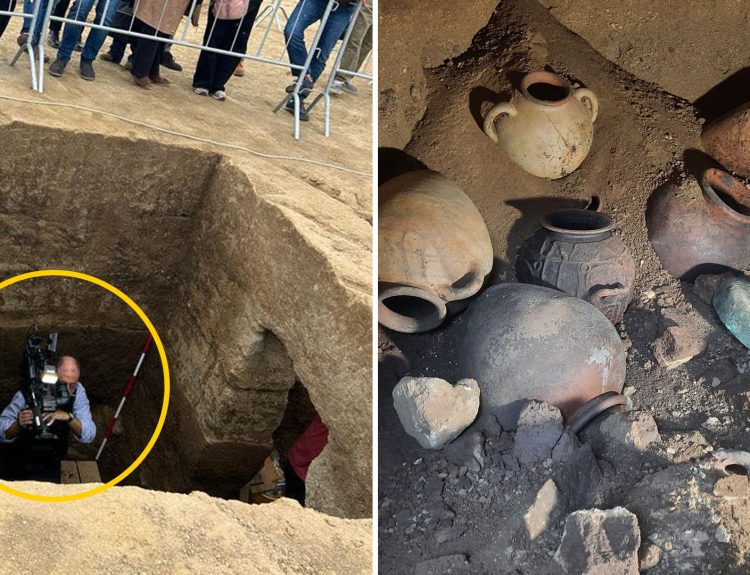The Romans were once a mighty nation, extending their influence across Europe and into Africa. To keep peace in the empire, they would put up fortifications and encampments to house soldiers. This particular camp excavation revealed something strange and puzzling. Let’s see what that is.
The Haltern Military Camp

Haltern, in Germany, holds the remains of a Roman encampment that was used to protect the area from barbarian tribes. Based on the remains, archaeologists date the camp and the surrounding civilian settlement to the time of Caesar Augustus. The emperor named the location Aliso.
Aliso was a bustling location, with the military encampment being one of the primary forms of employment. Archaeologists have recently uncovered a pair of what seems to be Roman temples and what may be a sacrificial pit nearby that makes the site seem a lot more ominous.
Temple Built In the Roman Style
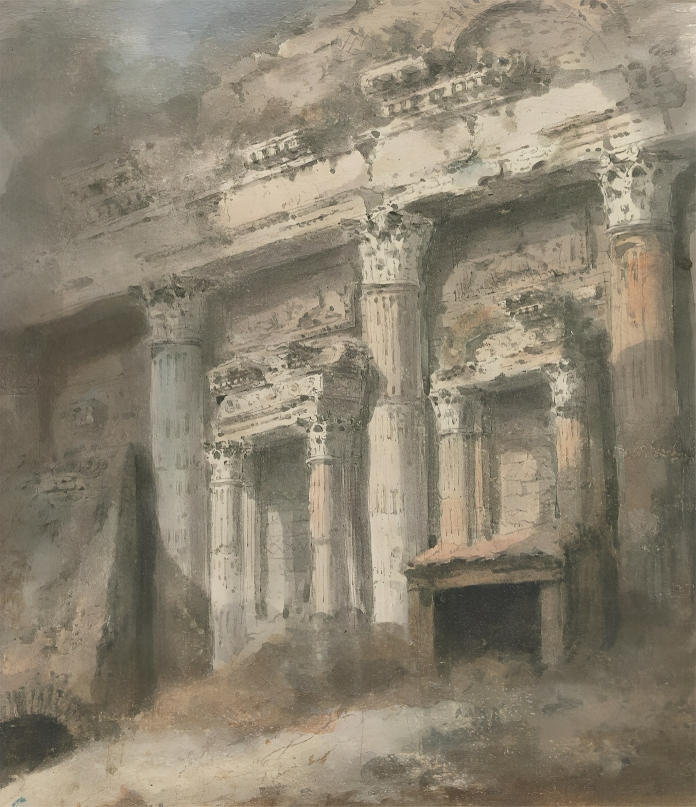
Two rectangular buildings were uncovered with a floor space of thirty square meters (around three hundred square feet). They were accessed through a narrow five-meter (fifteen-foot) entranceway guarded by wooden pillars. The frameworks were built out of clay, but their architectural elements were clearly Roman.
Dr. Bettina Tremmel said the temples were “based on the typical large podium temples made of stone that could be found in numerous Roman cities at the time of Emperor Augustus.” However, these buildings seem to carry a more sinister design than simply worshipping the Roman Gods.
Initial Thoughts On The Site

The complex was initially discovered in 1929, with many of the buildings already being cataloged. The rectangular buildings were initially thought to be meeting houses for troops, known as a Schola. Further investigation showed a troop workshop may have also existed there because of tools found at the site.
When the original excavation team ran out of money, they reburied part of the site to keep it from the ravages of time. The new excavation uncovered those temples but also found something new. Between the temple buildings was a circular pit with discolored soil.
A Cult Temple In A Roman Settlement?
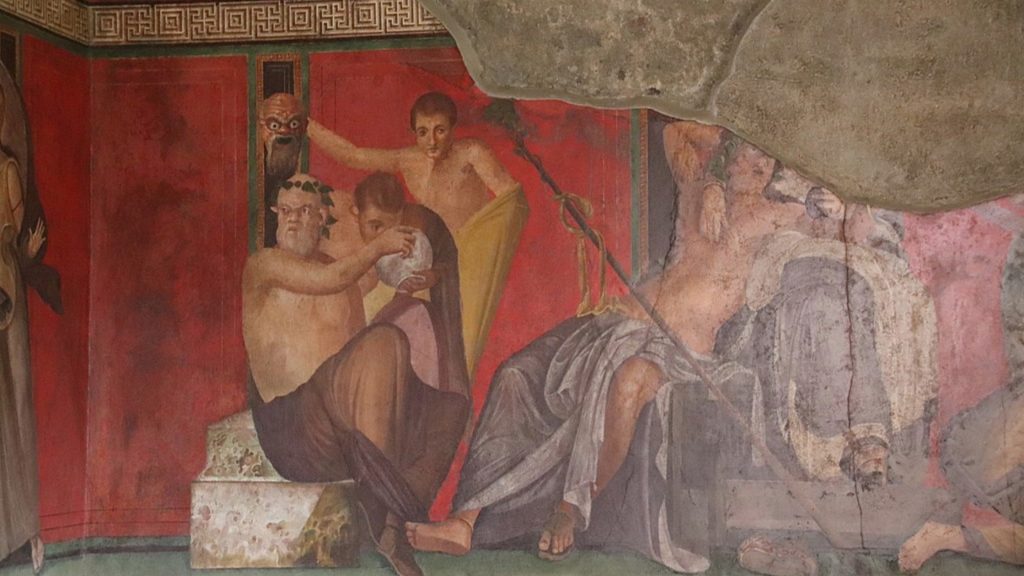
The circular pit suggests it was potentially used for the temple’s celebrations or rituals. Researchers believe the site was a sacrificial pit or burning pit, but whether the cult used human sacrifice or not is still in question. The find provokes a lot of thought, especially about the power of this cult.
According to Roman law at the time, constructing a grave within a settlement was strictly prohibited. Graveyards would have to be built outside of the settlement limits. Sacrificial pits would definitely contradict this rule, suggesting that the cult was well-connected to have this pit built in the middle of Aliso.
Roman Religion and The Pantheon
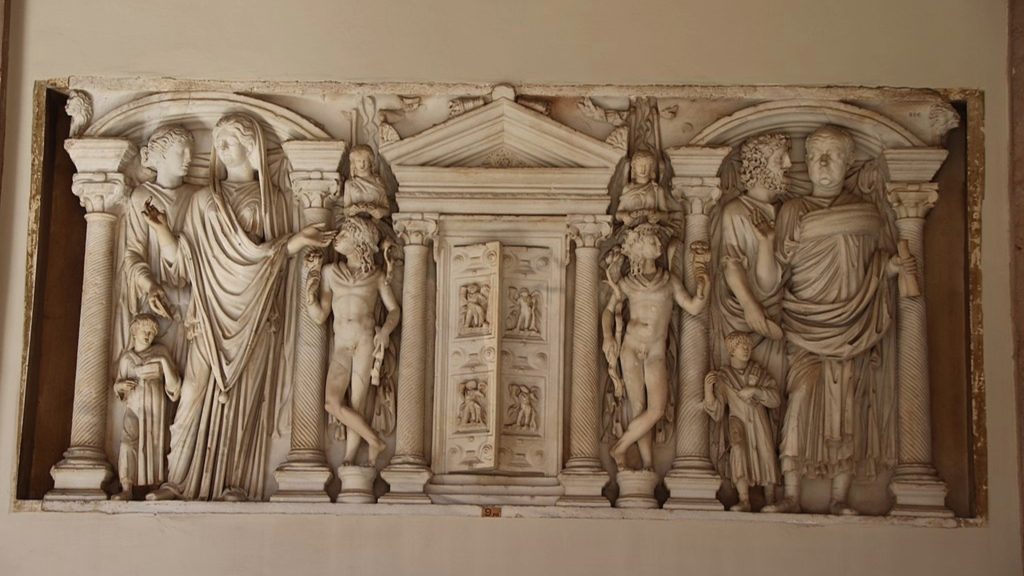
The Roman state religion involved the worship of a pantheon of gods and goddesses, including Jupiter, Mars, Venus, and others. Alongside these significant state deities, more minor cults were dedicated to specific gods, local spirits, or imported deities from other regions.
Many of the gods of the Roman Pantheon were originally Greek, but their names were changed to be more Roman. The Roman state religion and many of the prominent cults primarily conducted rituals that included offerings of animals, food, or other symbolic items to appease or honor the gods.
Did Romans Do Human Sacrifice?

While there is evidence that some areas of the Roman Empire performed human sacrifice, it was not as common as it was in other civilizations like the Aztecs. Most Romans would perform animal sacrifices at their temples to appease the Gods and grant them gifts of life and prosperity.
The location of the cult pit in the middle of the settlement raises some questions about whether this cult participated in those types of rituals. It also raises the question as to whether the military garrison was involved with the cult or whether the cult rose to prominence despite the military presence.
Were Roman Cults Common?
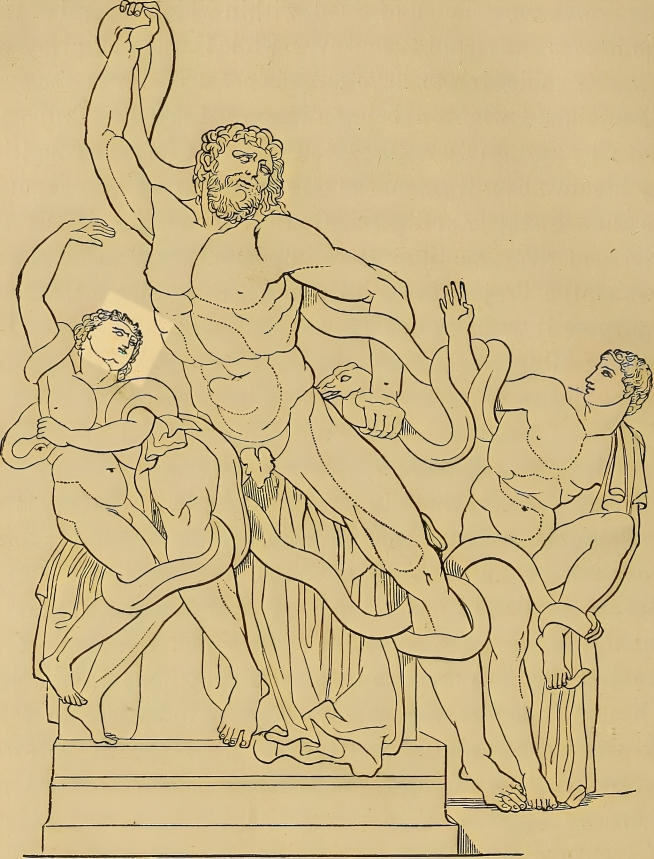
How we think about cults today is not how the Romans saw cults. In ancient Rome, a cult referred to a system of religious veneration and practices dedicated to a particular deity or group of deities. These cults varied widely in their nature, size, and popularity.
The Romans were generally tolerant of various religious practices and beliefs, and they often adopted and integrated foreign cults into their own religious landscape. Some cults were officially recognized and supported by the state, while others were more private or localized in nature.
Why Were Graves Forbidden in Roman Settlements

While it might be tempting to say that graves and burials were forbidden to stop the rise of sacrificial cults, the real reason is far more mundane. Romans respected their dead and believed that they deserved a place to rest that wasn’t easily disturbed.
The burial grounds of settlements would be outside their walls, in a place consecrated to the God of the Dead. The rituals of Roman funerals were intricate and far more respectful than a simple sacrificial pit. These burial grounds also had the side effect of reducing contagious diseases in the settlement.
A Unique Find For a Roman Settlement
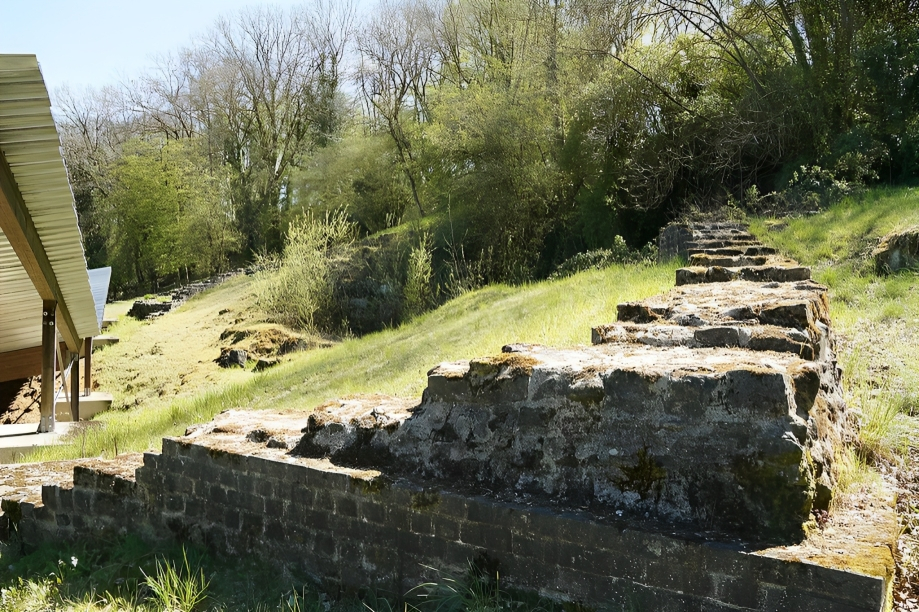
Aliso’s burning pit itself is unique. Romans did perform cremations, with burial urns forming a crucial part of the interment of remains. However, these cremations were never done within the settlement itself. The location of the burning pit suggests that the entire settlement could see when someone was being cremated.
Burial urns found in a necropolis in Aliso contain (or did contain) the ashes of people who lived there. Roman soldiers’ remains were also littered around the site, showing that the fortification was possibly overrun before it ran into disuse.
Who Was The Cult?
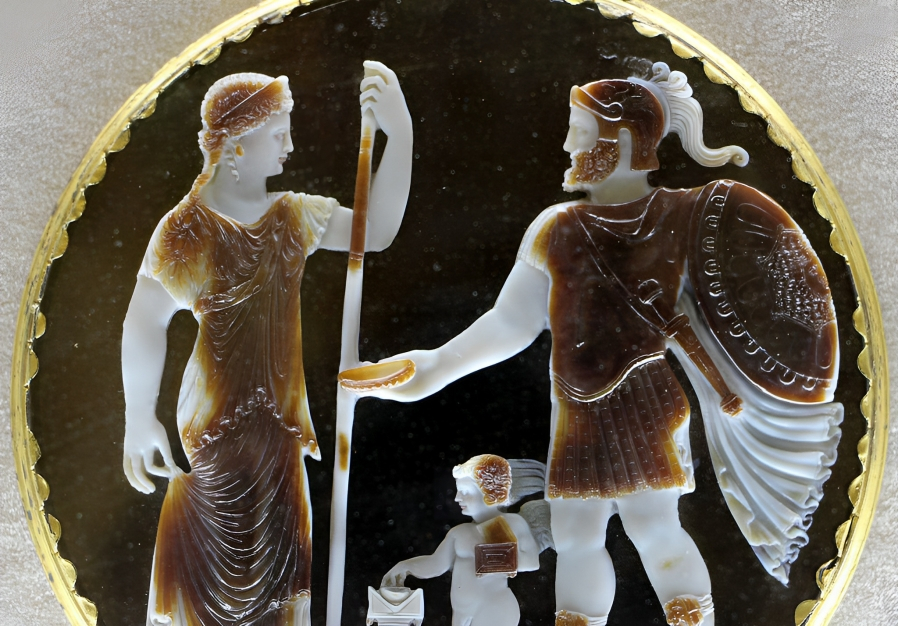
For now, we’re not sure which cult it was involved in setting up the burning pit in the middle of Aliso. It could have been a cult that already lived in the region and made its way into the settlement, which adopted it as a religion. Or, it could have come from Rome, establishing itself in the border settlement.
We know that Aliso still has many secrets to uncover, but this will take time. Archaeologists and researchers can only speculate on what the buildings and pit were used for. No records of rituals remain to explain it to us. If only those walls could talk, the tales they would tell might make our heads spin.

